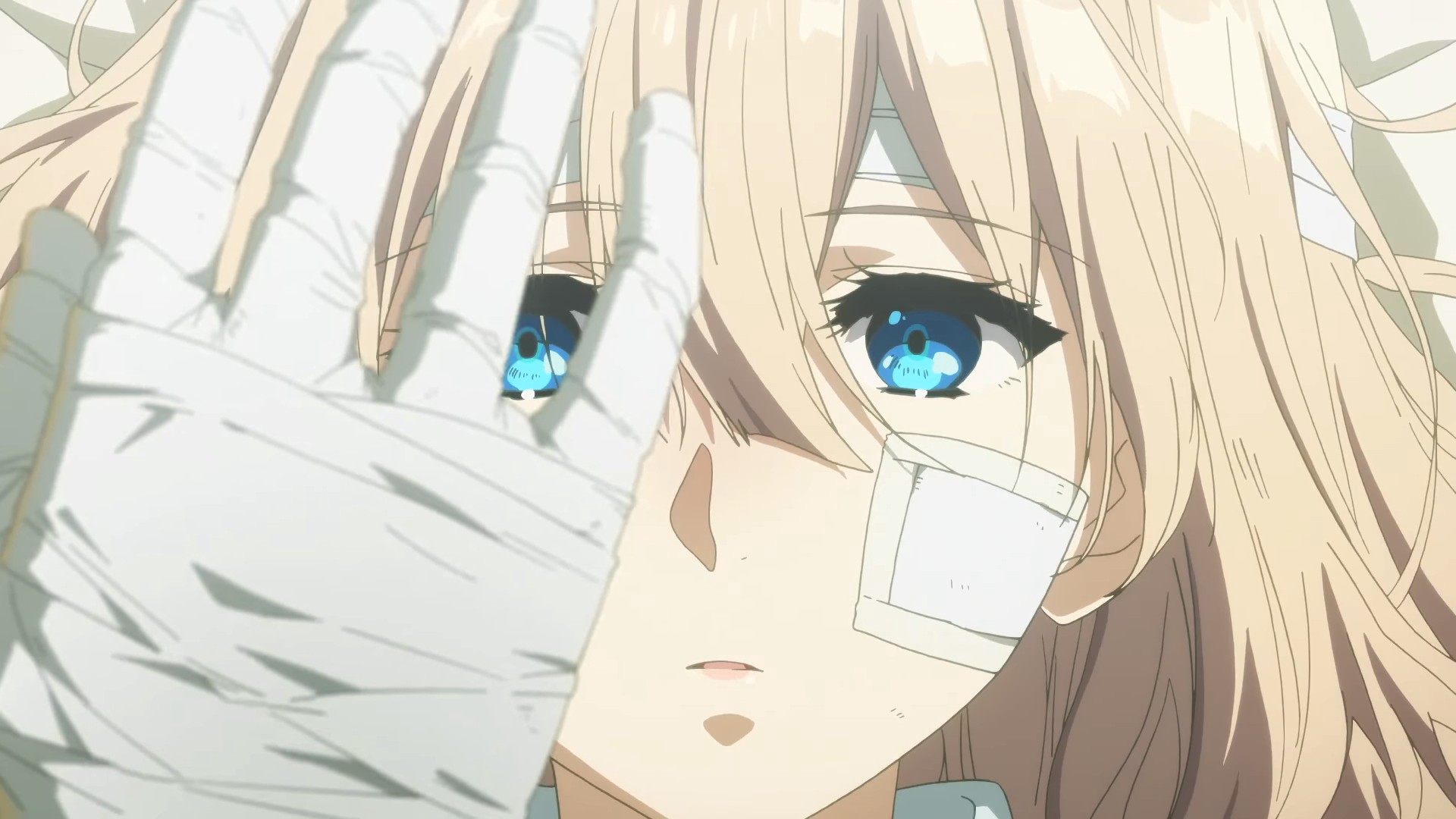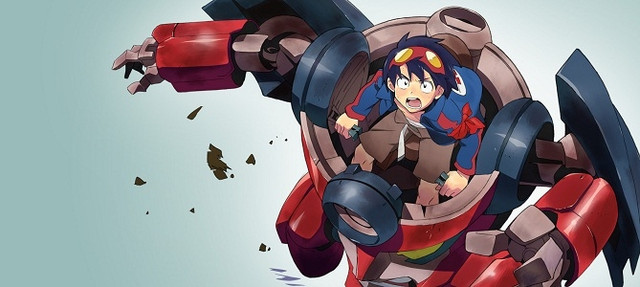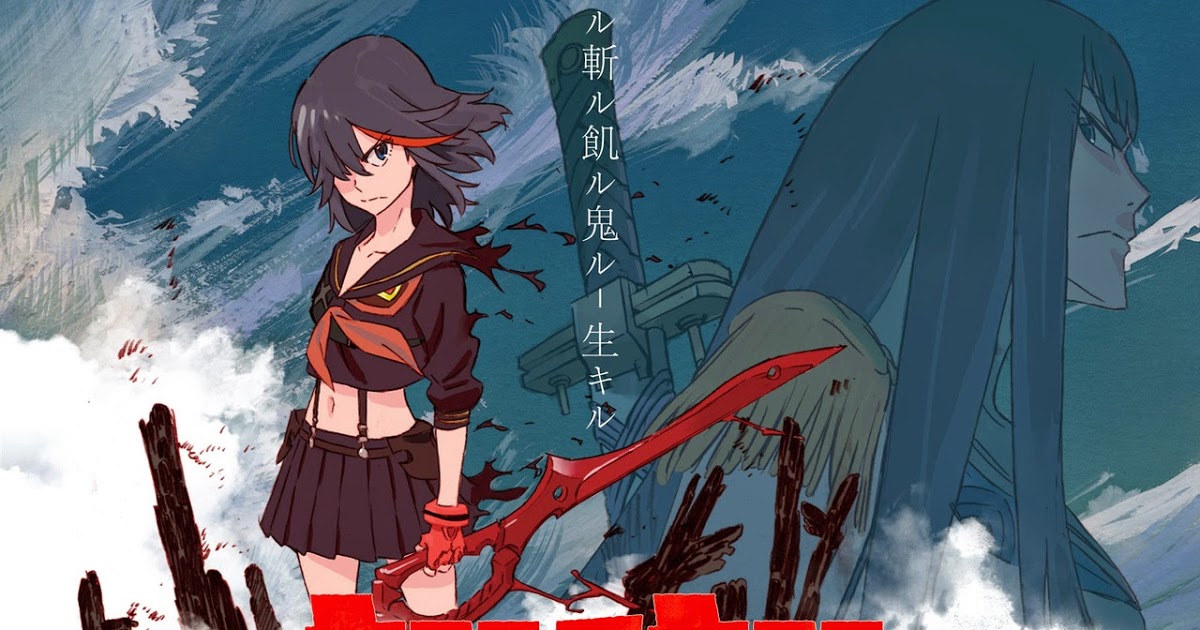
This list only accounts for the shows available in North America as of 3/10/19.
From the rise of live action and CG reboots of Disney films to the ascent of Pixar and similar studios, it is clear that 2D animation is slowly fading out of popular media in the West. However, Netflix is helping push back against this tide. Through producing original anime and western animation, while also surfacing some all-time greats, Netflix is essentially acting as the Toonami of this generation. While some worry if Netflix involvement is a good thing for the anime industry as a whole due to their abundance of somewhat unimpressive 3D animated shows, as well as their ability to scoop up big releases and prevent simulcasts, there is no denying that their catalog includes some of the best anime ever made, on a service that many people already have. Let’s run down the five best anime on Netflix.
Fullmetal Alchemist: Brotherhood

Bones’ adaptation of Himoru Arakawa’s beloved manga is an easy recommendation for anime newcomers and longtime fans of battle-shonen. It tells the story of Edward and Alphonse Elric, two brothers who are on a quest to get back the parts of their bodies that were destroyed in an alchemy accident. In this world, alchemists have the ability to create runes called transmutation circles and manipulate the elements, a magic system that leads to most alchemists specializing in certain powers. Not only is the action choreography and animation a huge draw due to the talent of Bones’ core staff and animators, but the freeform creativity of the alchemist’s powers also creates the basis for a litany of interesting battles. And more importantly, Ed and Alphonse’s journey to get back what they’ve lost is an endlessly entertaining spectacle with a cadre of fun characters grounded in conflicts that feel human despite their fantastical nature.
Puella Magi Madoka Magica

Madoka Magica is a show that proves that initial impressions can be deceiving. Initially marketed as straightforward genre entry, this pairing of Studio Shaft and Gen Urobuchi is actually a visually inventive parable about utilitarianism. Set in a world where the typical escapist fantasy of being an empowered Magical Girl is actually a dire Faustian bargain, Madoka finds that her wish to help others comes with some significant caveats. Here we see Shaft at the height of their powers, utilizing alienating avant-garde background art to convey the desolation of its protagonist’s psyches. We are told stories of pain and suffering, these idealistic girls becoming ensnared in a system that milks them dry of their humanity.
While the fact that it is a “deconstruction” of the Magica Girl genre is perhaps an overly discussed point, the show juxtaposes the typical trappings of the format against the brutal cruelties endured by its cast. This harsh contrast helps underscore Urobuchi‘s point that the needs of the many do NOT outweigh the few. Delicately maintaining a balance between being sadistic and insightful, the pain always comes with a glimmer of humanism at the end of the tunnel. Madoka Magica kicked off a trend of edge-lord imitators who mistake the purpose of this story’s shock-value, shock-value which is meant to convey the fundamental unfairness of this society.
Violet Evergarden

If you’re under the impression that cartoons can’t make you cry, there’s a good chance that you haven’t seen last year’s achingly beautiful Violet Evergarden. Helmed by the gold standard of television anime production, Kyoto Animation, one of the few animation studios with a team of in-house animators, this show matches its visual splendor with a powerful story about a girl learning to become human. Structured mostly as a series of episodic vignettes, the recently discharged veteran Violet seeks out work in a post-war pseudo-Europe. She becomes an auto-memory doll, a ghostwriter who is tasked with writing letters that distill the fundamental emotions of her clients. However, an upbringing on the battlefield has led to Violet lacking a fundamental understanding of human emotion, making it difficult for her to initially relate to others and understand people.
From episode to episode she comes in direct contact with a myriad of tragedies and triumphs, helping people shape the words that they themselves cannot form. It captures the pain of loss, the elation of reconnection, and the overwhelming weight of guilt with precise emotional acuity, elevated by layered background art and intricate animation. While some may find its specific emotional wavelength to be overbearing, those who connect with Violet and her clients will likely find themselves engulfed by the overwhelmingly optimistic message that people can heal and accept the past.
Tenga Toppa Gurren Lagann

Although Mecha anime may not appeal to everyone, Gurren Lagann is a rare show that is so good at what it does that it transcends its usual audience. A coming of age story set amidst the backdrop of a Mech war, we follow Simon as he aids humanity in a struggle to take back control of Earth. This is an example of the legendary studio Gainax as their most bombastic and irreverent, the proceedings playing out as an increasingly insane feast of action highlights and outrageous one-liners. There are moments so preposterous, that they feel like the epitome of that specific flavor of anime over-the-topness. However, beyond just delivering on hot-blooded spectacle, Gurren Lagann feels like an ode to the entirety of mecha media that came before it, cycling through different sub-genres with a precise grip on tone. Its story of Simon’s self-realization is the anchor that keep things tethered to relatable emotion, even as things rocket towards the stratosphere. This is a show that has to be seen to be believed.
Kill la Kill

In some ways, Kill la Kill feels like a spiritual successor to Gurren Lagann, also delivering on a particular type of increasingly grandiose action romp. This is in large part due to the fact that the series was created by Trigger, a splinter studio formed from ex-Gainax employees. We follow Ryuku Matoi as she aims to bring down the authoritarian regime of the Satsuki Kiryuin, the president of Honnoujji Academy. From there, things get a little weird, as it is revealed that our protagonist can only defeat her foes through using a blood-sucking burlesque school girl costume that gives her supernatural powers.
While I wouldn’t fault anyone from being alienated by the seemingly juvenile barrage of fan-service that stems from the clothing based antics of the plot, the ridiculousness of the premise and the way this ties into the story’s themes makes this feel more like a satire of anime’s obsession with fan-service than anything else. That said, its flippant towards sexual assault and harassment is grating and thoroughly dated, and luckily mostly only lasts the first few episodes. But through Kill la Kill, Trigger solidified themselves as a studio to follow in their own right, utilizing inventive animation techniques that frame these student’s mortal struggles as both comedic and badass. The cinematography is nothing short of singular, the first episode alone using a deluge of low-angle shots, swooping 360 pans, and exaggerated character models to conveys the grandeur of the stakes. This is the kind of stuff that can only exist in anime.
Here Trigger also established their tradition for wild third acts that reach a wildly entertaining fever pitch, fully framing this as a story about non-conformity and establishing selfhood. Kill la Kill is the punk rock of the anime world, a sentiment which the show conveys through its non-conventional animation and themes of being comfortable in your own skin. It’s also a firm middle finger to notions of classism, sexual-shaming, the Japanese schooling system, and authoritarian regimes.
Other Recommendations
Apparently, the first two parts of JoJo’s Bizarre Adventure just dropped on Netflix, which is a big deal because JoJo is one of the most influential properties in the manga/anime space. Combining a uniquely irreverent tone, with likable characters and inventive battles the series is an easy recommendation for action fans. Although only the first season is currently on the service, the different parts of JoJo are discrete enough for this to still be a fulfilling ride in its own right. The only reason that I didn’t include Hunter x Hunter on the main list is due to the fact that Netflix only has the first 58 of the 148 episodes. One of the greatest long-form battle-shonen of all time, Madhouse’s adaptation jumps from genre to genre, exploring a wide array of material from the brutality of war to Machiavelian politics.
The latest by auteur Masaaki Yuasa is Devilman Crybaby, an apocalyptic work of exploitation which combines clean character designs with a decidedly R-rated blood bath. While it’s tone and characters can be somewhat alienating at times, its final act is a nightmarish feast of viscera which leaves a deep impression and clearly inspired works like Neon Genesis Evangelion. Gargantia of the Verdurous Planet is another work from Urobuchi that showcases his trademark humanism through a story of the evils of militarism. For action romps, there’s Attack on Titan and One Punch Man, each of which offers feasts of sakuga. While the early episodes of Attack on Titan lean heavily on the unique premise for entertainment value, the show eventually finds its stride in terms of character writing. OPM is a comedy that pokes fun at battle-shonen and superhero tropes and is known for its sense of humor as much as its animation highlights. Death Note is another common gateway show, offering a highly tactical game of cat and mouse. The last few episodes drag, and it’s fairly thematically hollow, but it is a fun watch none the less.






